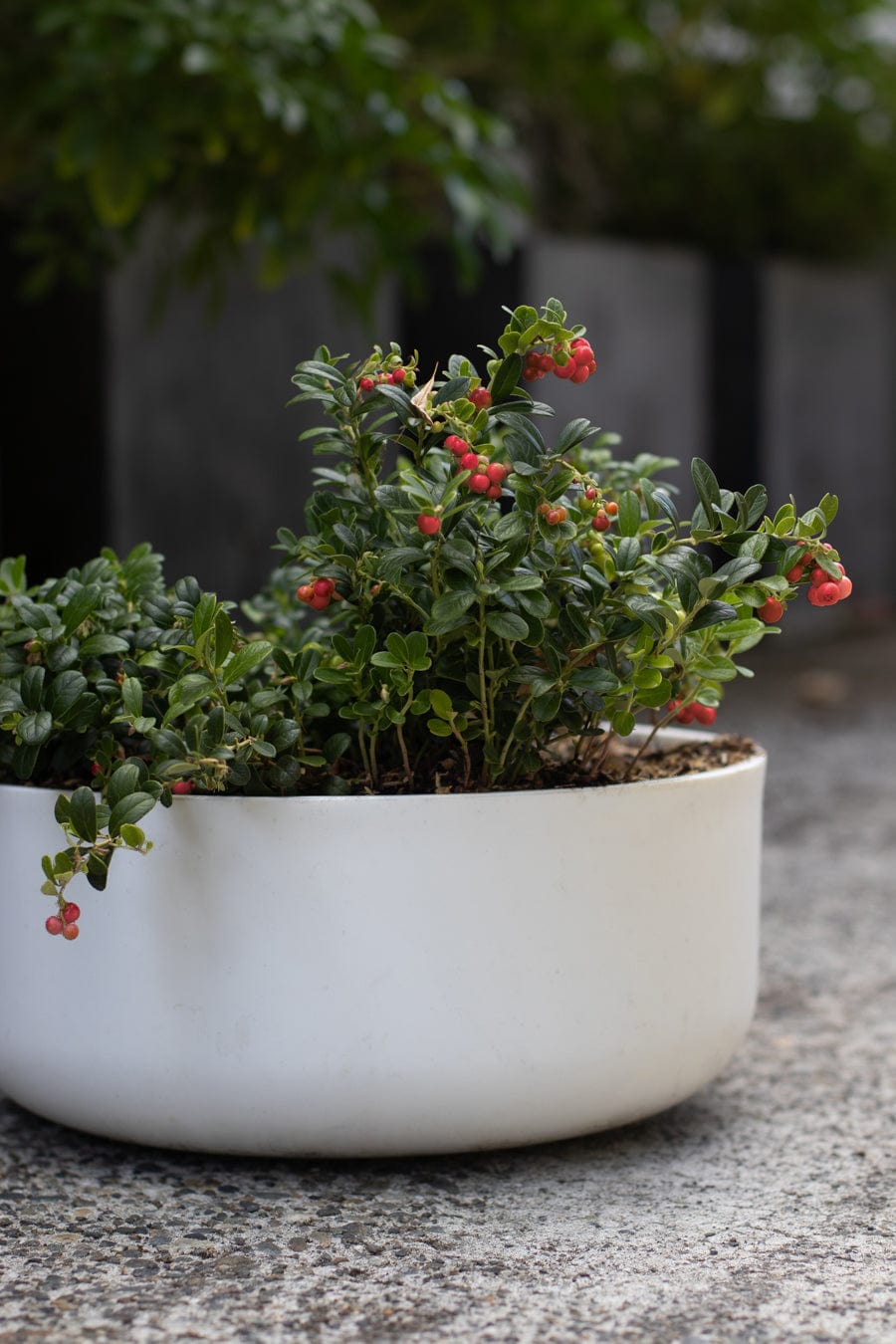
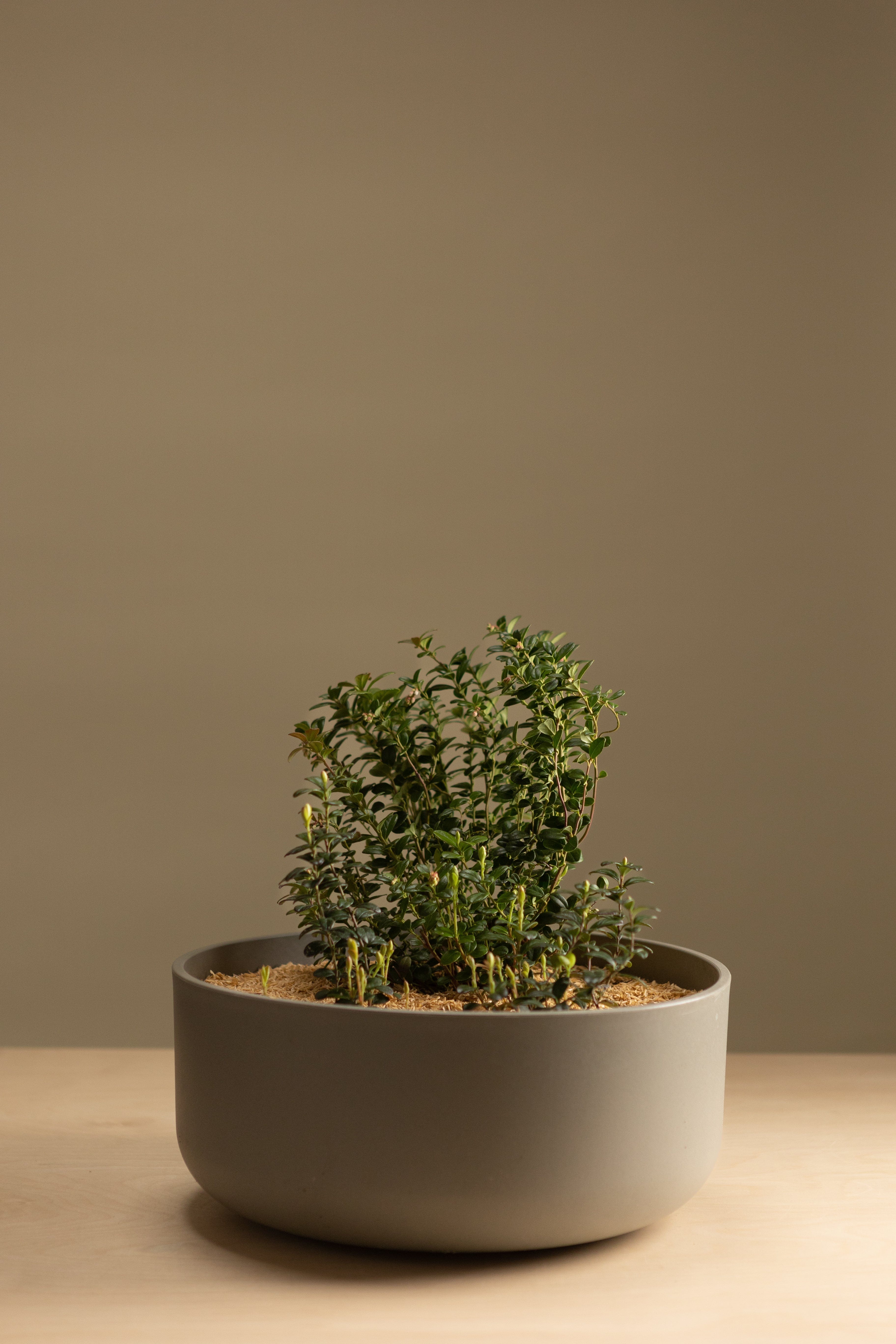
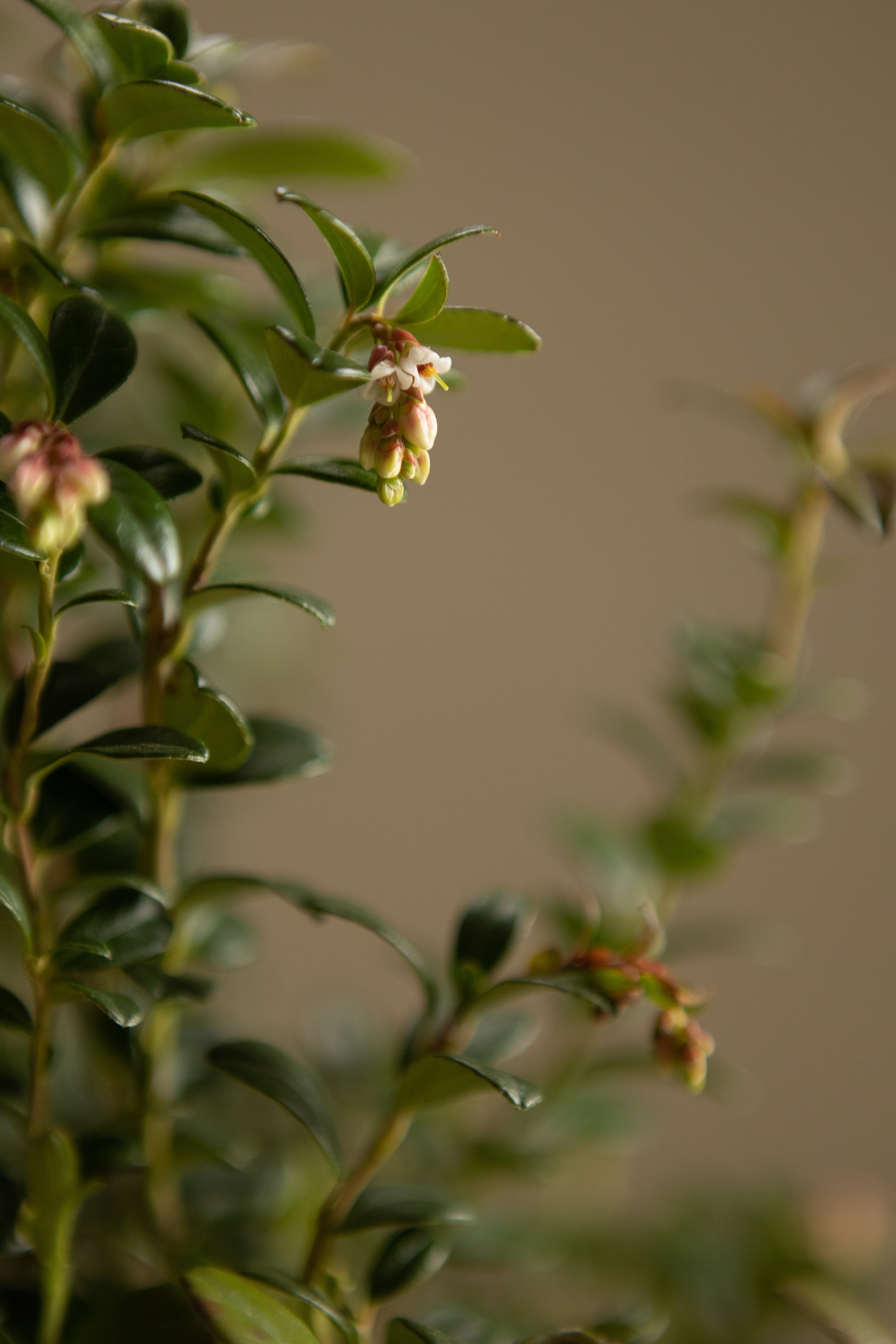
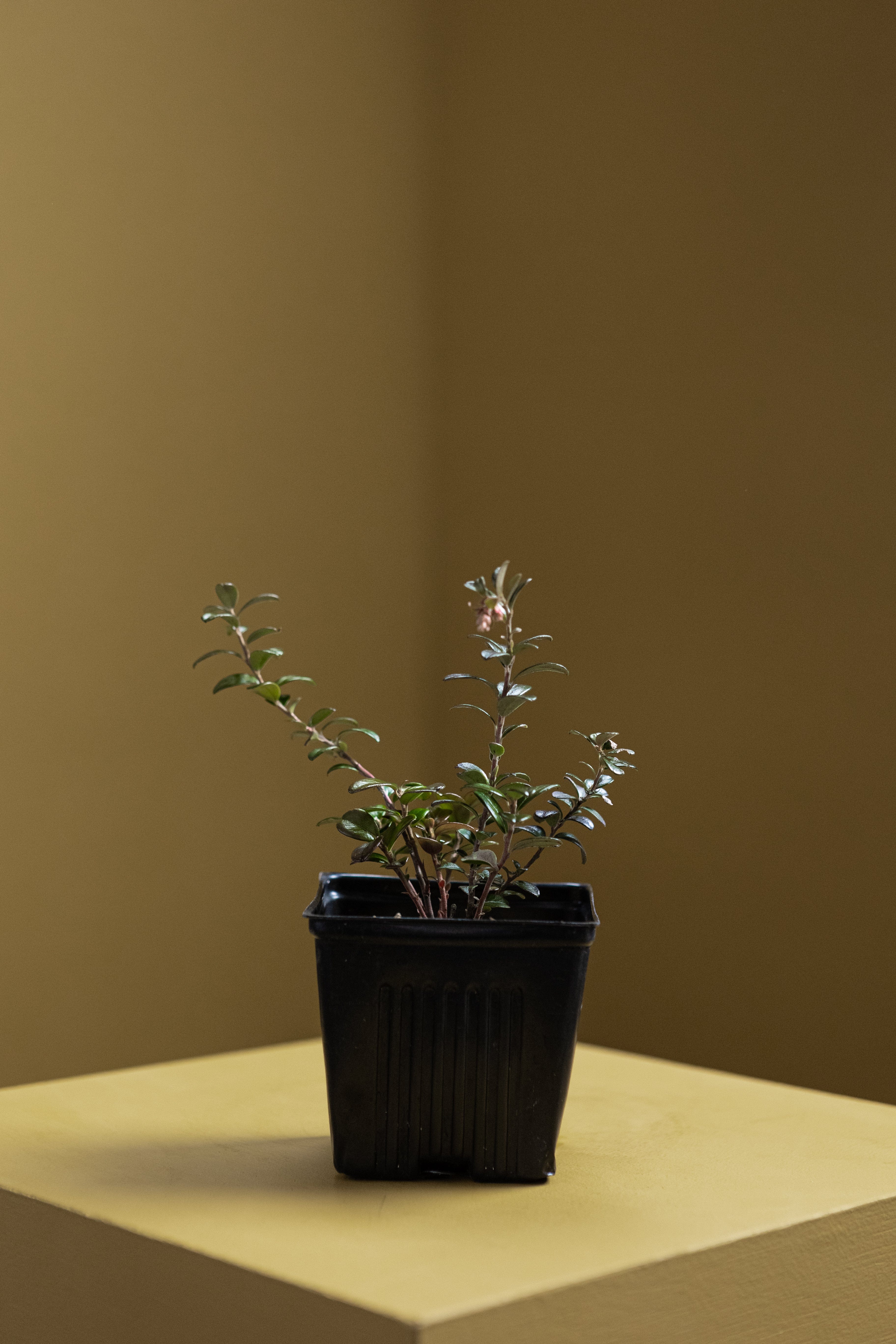
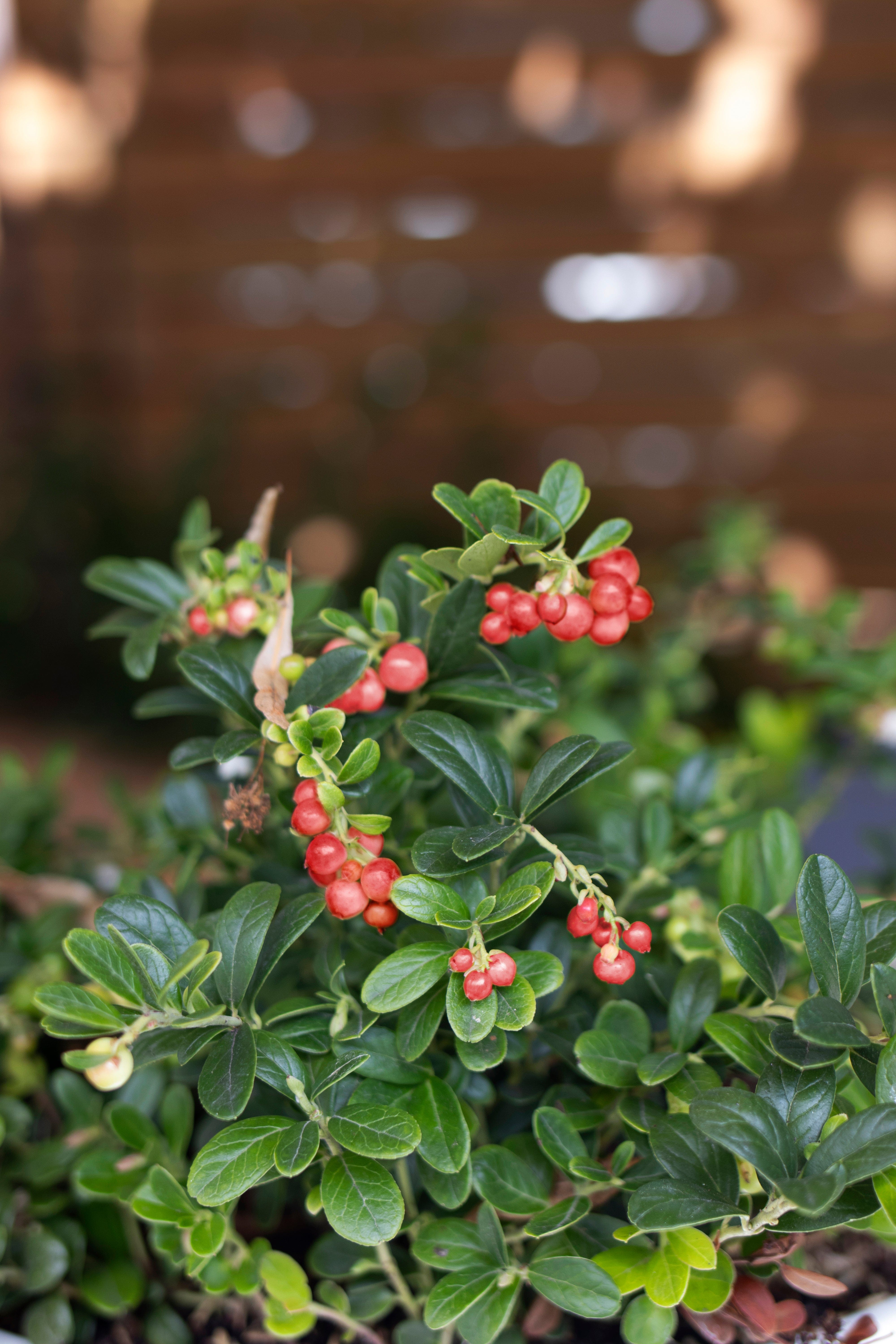
Lingonberry
A favorite of Scandinavians, this edible evergreen groundcover is as vigorous as it is beautiful - selected from for its robust growth, brilliant green foliage, and the sweet taste of its juicy fruits. Flavor-wise, lingonberries are somewhere between a cranberry and a blueberry, and tops off at about 13-15 inches tall. Perfect for making jams, sauces, or topping a salad.
SELECT YOUR KIT

PLANT ONLY:
$0.00

POTTING ESSENTIALS KIT:
$79.99

COMPLETE GROWER KIT:
$159.99
Plant Only + Complimentaries
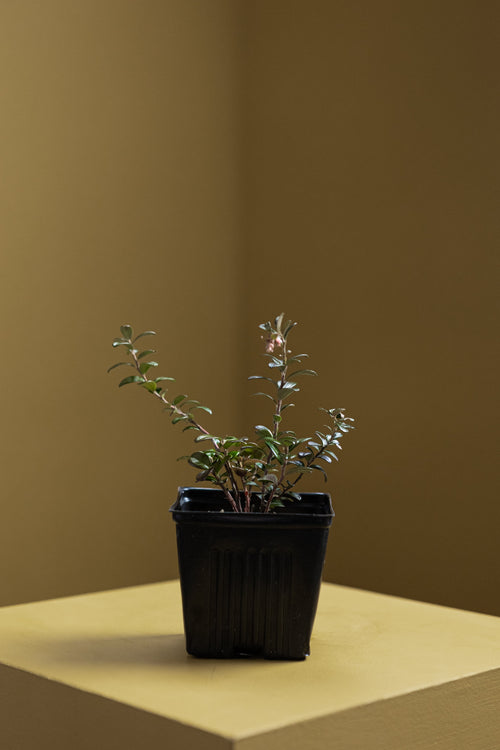
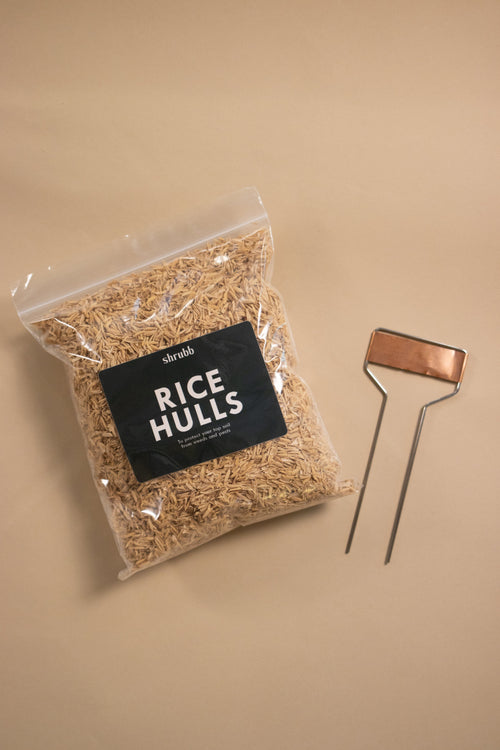
Lingonberry + Potting Essentials Kit

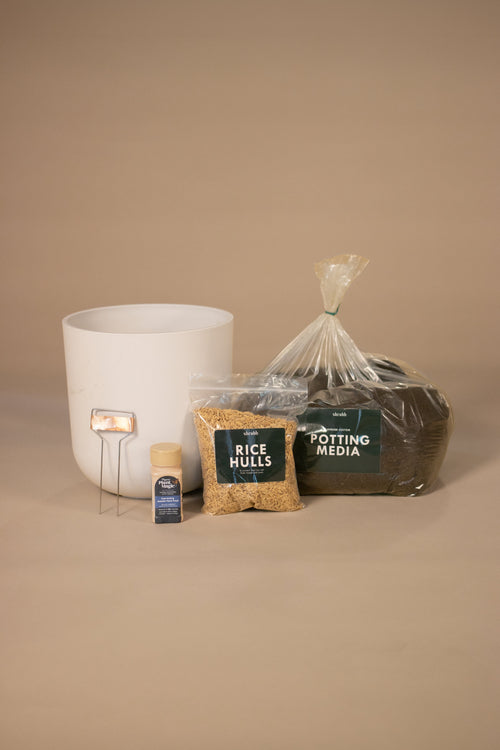
Lingonberry + Complete Grower Kit

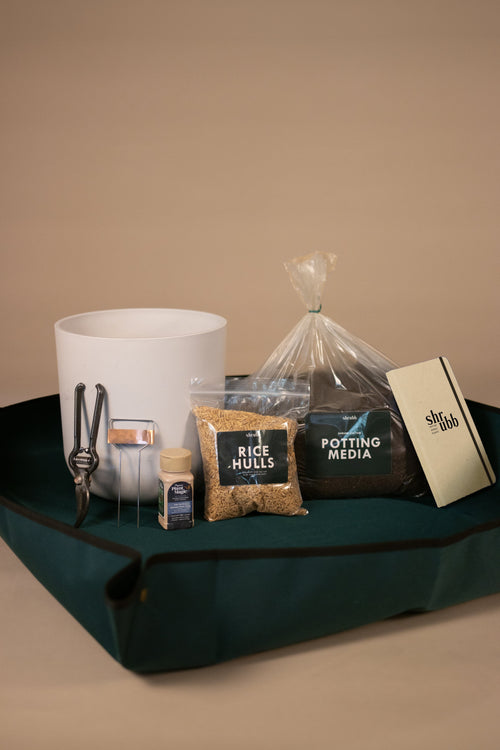
DO YOU WANT TO INSURE YOUR PLANTS?
Get plant insurance to guarantee a free replacement plant if yours dies within the first year. Read more about plant insurance here..

Where do I grow best?
How to care for me:

Pollinating Partners

Full-Sun

Water

Soil Nutrients

Chill Hours

Harvest

Pruning

Pests and Disease
Growing in Less Ideal Climates
While the region indicated on the map above specifies where this plant grows best, the virtue of growing plants in pots is that, with a little elbow grease, you can create your own environment. These are our tips for anyone attempting to grow alpine strawberries in other climates.

Colder Regions

Hotter Regions
